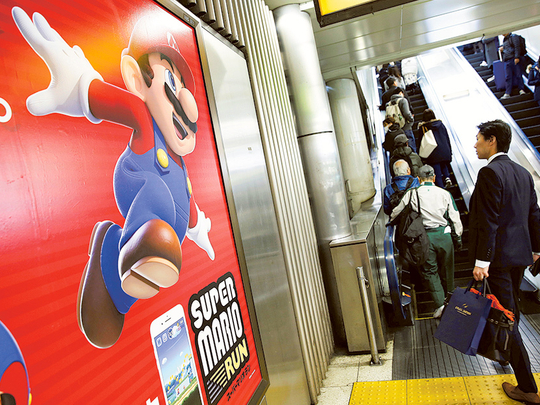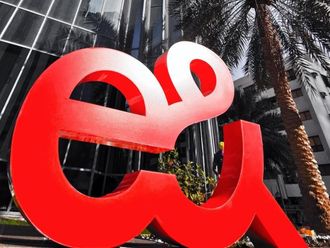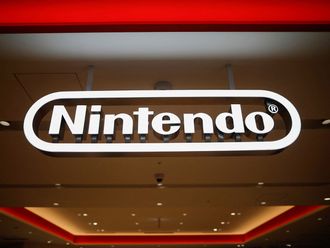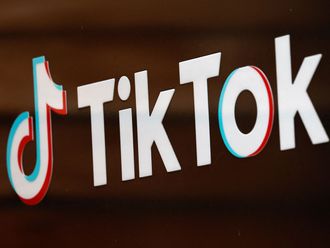
Washington: Over the weekend, at least 10 million players downloaded Nintendo’s first true mobile game, Super Mario Run. It quickly shot to the top of the most-downloaded lists for the United States and Japan and was the top-grossing app in the US. But that still didn’t stop many players from lodging their complaints about the game, in a sign that Nintendo may not understand our expectations for mobile games. Super Mario Run is free to download but costs you a Hamilton (or $10 (Dh36.70)) to play in full. As I noted in my review of the game, I think the app gives you plenty to justify that price tag, but it’s still very high for a mobile title. Others seemed to agree. While some bad reviews complain about the game’s design — particularly that Mario runs on his own and that the app requires a constant internet connection — the overwhelming majority of gripes center on the price tag.
“Ten-dollars is an exorbitant price to pay for an iPhone game,” read a two-star review of the game on Apple’s store. Said a one-star reviewer: “I believe this game is worth the $10. However, it was extremely shady and dishonest not mention [sic] any price during the keynote announcement or when you buy the app.”
(Nintendo and Apple did mention that there would be a single in-app purchase for the full game when it was introduced, but not the actual price.)
Nintendo shares took a dive on the Tokyo market after the disappointing reviews and sales since its launch. Super Mario Run made an estimated $4 million in its opening weekend. That’s a lot of gold coins, but not on par with the latest mobile-game hit Pokmon Go, which had made an estimated $35 million of that in its first weekend — and at least $600 million in revenue since its release.
Traditional approach
Both the poor reviews and sales numbers suggest Nintendo may not understand what makes players stick with mobile games. For instance, Super Mario Run isn’t designed to make money on mobile devices in the same way that other hit games have recently. It’s taken a more traditional approach to selling it to us. Like the phone games of yore, Mario is essentially a game you buy up front. There are a few free levels, but the company is essentially asking you to pay once for everything.
That hasn’t sat well with some mobile gamers, who are obviously used to having some time to download and try a game for a while before they put out any money.
As Michael Pachter of Wedbush Securities noted, if you look at the top-grossing games — Super Mario Run, at least for this week, excepted — you’ll see that the list is dominated by free-to-play models with in-app purchases. These microtransactions have become a primary way for game companies to make money from us in the App Store era, asking us to pitch in a buck or two to get buildings or character attributes more quickly. In most cases, players essentially pay for items with their time (waiting for them to build) or their money. Speaking as a player, in-app purchases can be annoying, but the best games make it feel like I have a real choice between those two options.
High-spending players
It’s true that in an in-app purchase game, some people may opt to never pay real money to developers. But others will pay money for a game item, and often. And those dollars can really add up.
For mobile game makers, in-app purchases have therefore become a much better model. High-spending players — often called “whales” in the industry, a term borrowed from high-stakes gambling — may spend hundreds or even thousands of dollars on a mobile game to get a rare item or craft the perfect kingdom. These big spenders tend to only make up 1 or 2 per cent of a game’s player base, Pachter said, but they help it make serious money.
If Nintendo wants to keep focusing on mobile, Pachter suggested that it may be best for Nintendo to release mobile versions of its classic catalogue in a constant stream. That would give it several small hits and let it stick to the model it likes. Otherwise, he said, the company has to develop games that work with an in-app purchase model to have Pokmon Go-style hits.
But it won’t be easy. “It’s a skill,” Pachter said. “Nintendo does not have that skill.”












